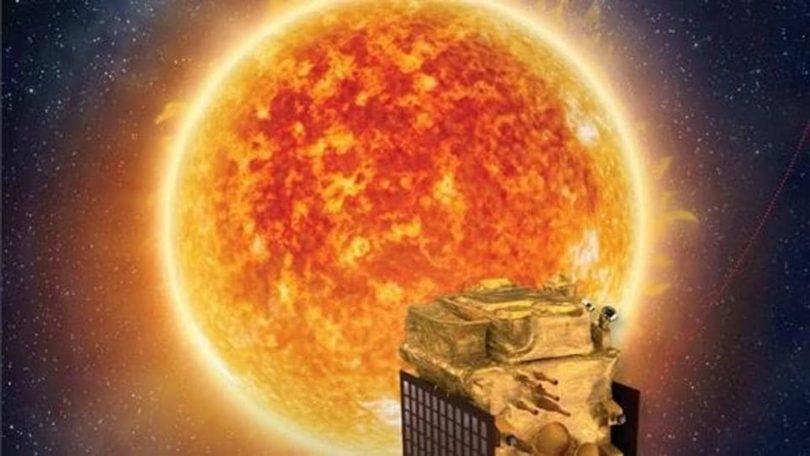[ad_1]
India’s first-ever solar mission – Aditya L1 – achieved a significant milestone on its journey towards the Sun, entering the ‘Halo orbit’ of the Sun-Earth system around ‘Langrage point 1 (L1)’ on Saturday. The spacecraft will now continuously observe the Sun without any occultation or eclipses, as stated by the Indian Space Research Organisation (ISRO). Using its seven instruments, it aims to explore unanswered questions about our dynamic and turbulent star.

The spacecraft is carrying seven payloads designed to observe the photosphere, chromosphere, and the outermost layers of the Sun (the corona) using electromagnetic, particle, and magnetic field detectors.
Now, let us delve into the crucial role played by the European Space Agency during Aditya L1’s journey since its launch on September 2 via PSLV-C57 by ISRO.
How has ESA been helping with Aditya L1?
The European Space Agency (ESA) has been actively assisting the Aditya-L1 mission in two key areas: providing deep space communication services and validating critical flight dynamics software in collaboration with ISRO, according to ESA official website.
Ramesh Chellathurai, ESA Service Manager and Cross-Support Liaison Officer for ISRO, said,“For the Aditya-L1 mission, we are providing support from all three of our 35-metre deep space antennas in Australia, Spain and Argentina, as well as support from our Kourou station in French Guiana and coordinated support from Goonhilly Earth Station in the UK.”
ESA highlighted the importance of communication in space missions, emphasising that without ground station support, obtaining scientific data, ensuring spacecraft safety, and determining its whereabouts would be impossible.
ESA stands as the primary provider of ground station services for Aditya-L1, committed to supporting the mission from launch through various phases, including the critical ‘Launch and Early Orbit Phase’, the journey to L1, and enabling the transmission of commands and receipt of scientific data from Aditya-L1 during routine operations for multiple hours each day over the next two years.
Why is L1 point crucial?
When a large celestial body orbits another, their gravitational interplay creates five points of gravitational equilibrium (means gravitational pull of large mass being equal to the centripetal force of the smaller mass), called ‘Lagrange points’. These spots allow spacecraft to linger without excessive fuel consumption. According to NASA, Lagrange points are named in honour of Italian-French mathematician Josephy-Louis Lagrange.

Of these five Lagrange points, three are unstable and two are stable. The first Lagrange point, L1, resides about one per cent of the distance from Earth to the Sun. Positioned between them, it offers an unobstructed, perpetual view of the Sun, making it an ideal spot for solar missions like Aditya-L1.
L1, however, falls into the category of ‘unstable’ Lagrange points. Precisely anchoring a spacecraft at L1 presents significant challenges.
Instead, spacecraft manoeuvre into an orbit around L1, treating this point as if it were an ‘invisible planet’. However, due to the inherent instability, even minor trajectory deviations can rapidly escalate. Thus, these spacecraft require ‘station keeping’ manoeuvres approximately every month to maintain their correct orbit.
[ad_2]
Source link








